How we test mattress toppers – H&G's expert review process explained
Here's everything you need to know how we test mattress toppers for pressure relief, thermoregulation, motion isolation, and edge support

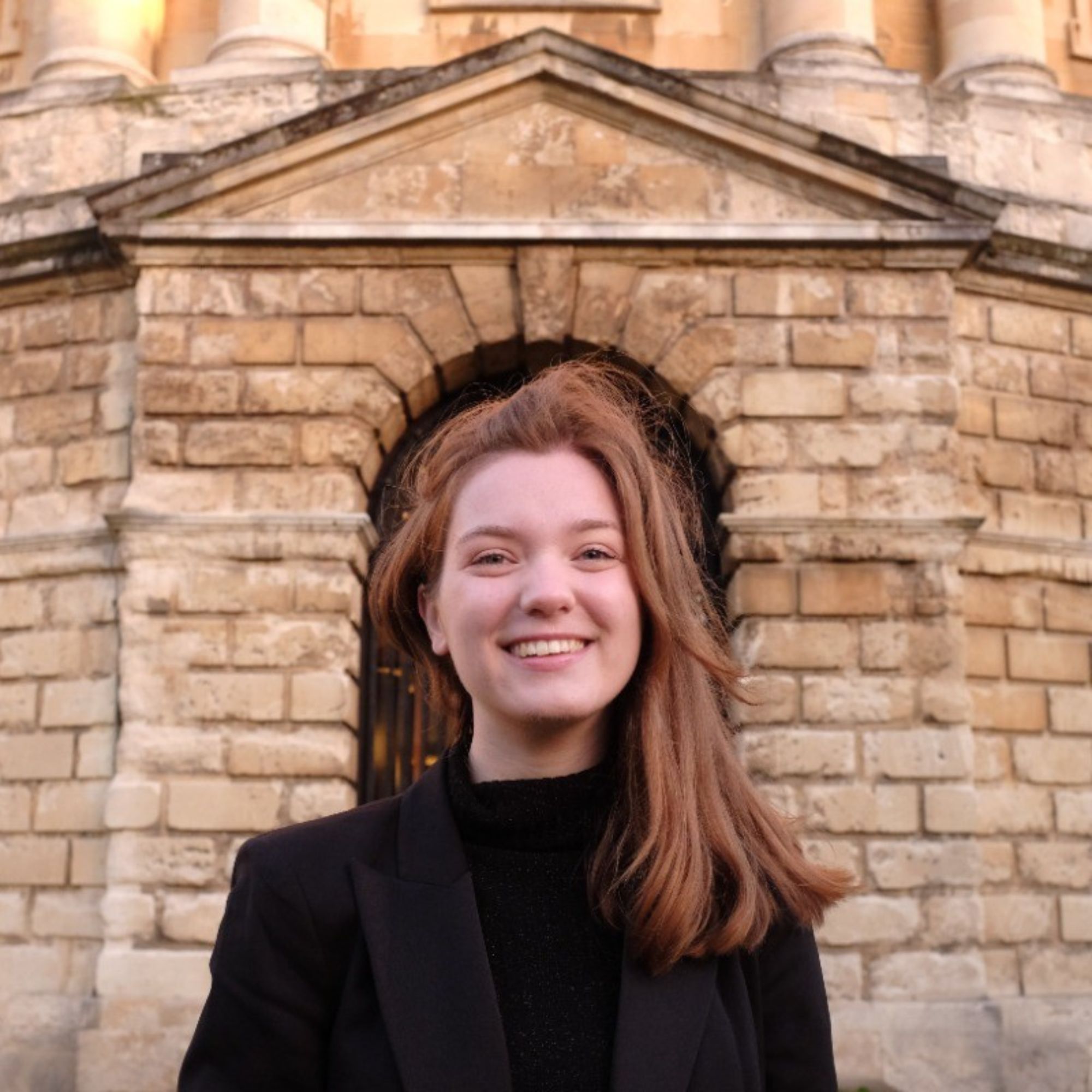
Testing mattress toppers is more than a matter of sleeping on the job. It takes a lot of time, energy, and expertise. Here's how we do it at Homes & Gardens.
First, I select mattress toppers to test from all the specialist sleep stores, including Saatva, Nolah, and Tempur-Pedic. As H&G's specialist Sleep Editor, my job involves matching the mattress topper to its ideal tester: cooling toppers for hot sleepers, softer toppers for side sleepers, and so on. I'm picking from a pool of product testers across the country. Together, we represent a wide range of body types, ages, and sleep styles, so you should be able to find someone who sleeps like you.
For the sake of a fair fight, we assess each mattress topper against the same criteria: pressure relief; thermoregulation; motion isolation; and edge support. We also consider the practicalities, including how well the topper fits the mattress and how easy it is to wash, as well as warranties, delivery, and the all-important price. A mattress topper must perform well in all categories, or excel to make up for its shortcomings, to be counted amongst the best mattress toppers.
How we test mattress toppers − our expert guide
Our experts test mattress toppers for a minimum of 30 days in our own homes before we publish our initial reviews. That's hundreds of hours of testing in a home setting to give you the most accurate indication of long-term performance. Our process is similar to how we test mattresses, with a few subtle yet significant differences. Here's what you need to know.
Pressure relief

To assess pressure relief, we lay down on our mattress topper, flipping between our stomachs, backs, and sides. How a mattress topper feels depends on a number of factors, including your sleep position. A side sleeper might lie comfortably on a medium or medium-soft mattress topper, which feels insufficiently supportive for a back or stomach sleeper. The best way to gauge the support of a mattress topper is to consider the shape of your spine. The ideal mattress topper is the one that keeps your spine straight, taking the pressure off your joints while stopping you from sinking too far into the surface.
We're also interested in thickness and firmness. As a general rule, a thicker topper will feel softer, and a thinner one will feel firmer. In the absence of an industry-standard measurement of mattress firmness, we rate each mattress topper on a scale from Soft to Medium to Firm.
How firm a topper feels is influenced by the mattress underneath it. A slow-moving memory foam mattress topper could counterbalance a firm, inflexible mattress. A firm topper, made from latex or high-density memory foam, could toughen up a soft mattress, but it's no long-term solution for a sagging, aging mattress.
Thermoregulation
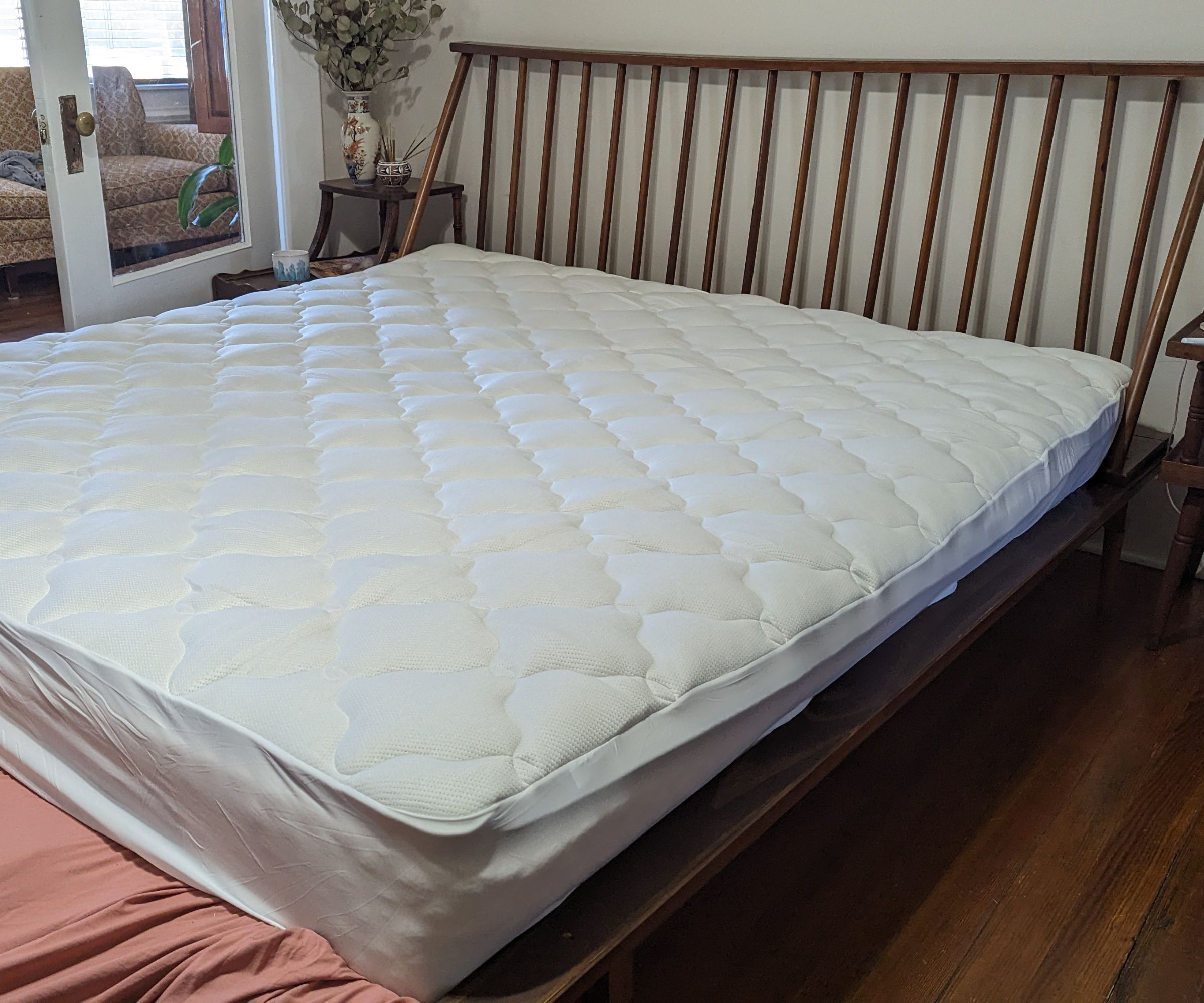
In our search for the best cooling mattress toppers, we consider the materials. We scour the specifications for mentions of gel-infused memory foam, ventilated foam, or cooling covers that incorporate bamboo, TENCEL, phase change material (PCM), and the like. As a general rule, natural fibers, such as latex, tend to be more breathable than synthetic substances, such as memory foam.
Still, we won't take the manufacturer's word for it. The whole point of our mattress topper testing process is to see whether these claims stand up to scrutiny. To assess the thermoregulation of a mattress topper, we switch off our AC and sleep through heatwaves and hot nights, making note of any times we wake up in a sweat.
Motion isolation
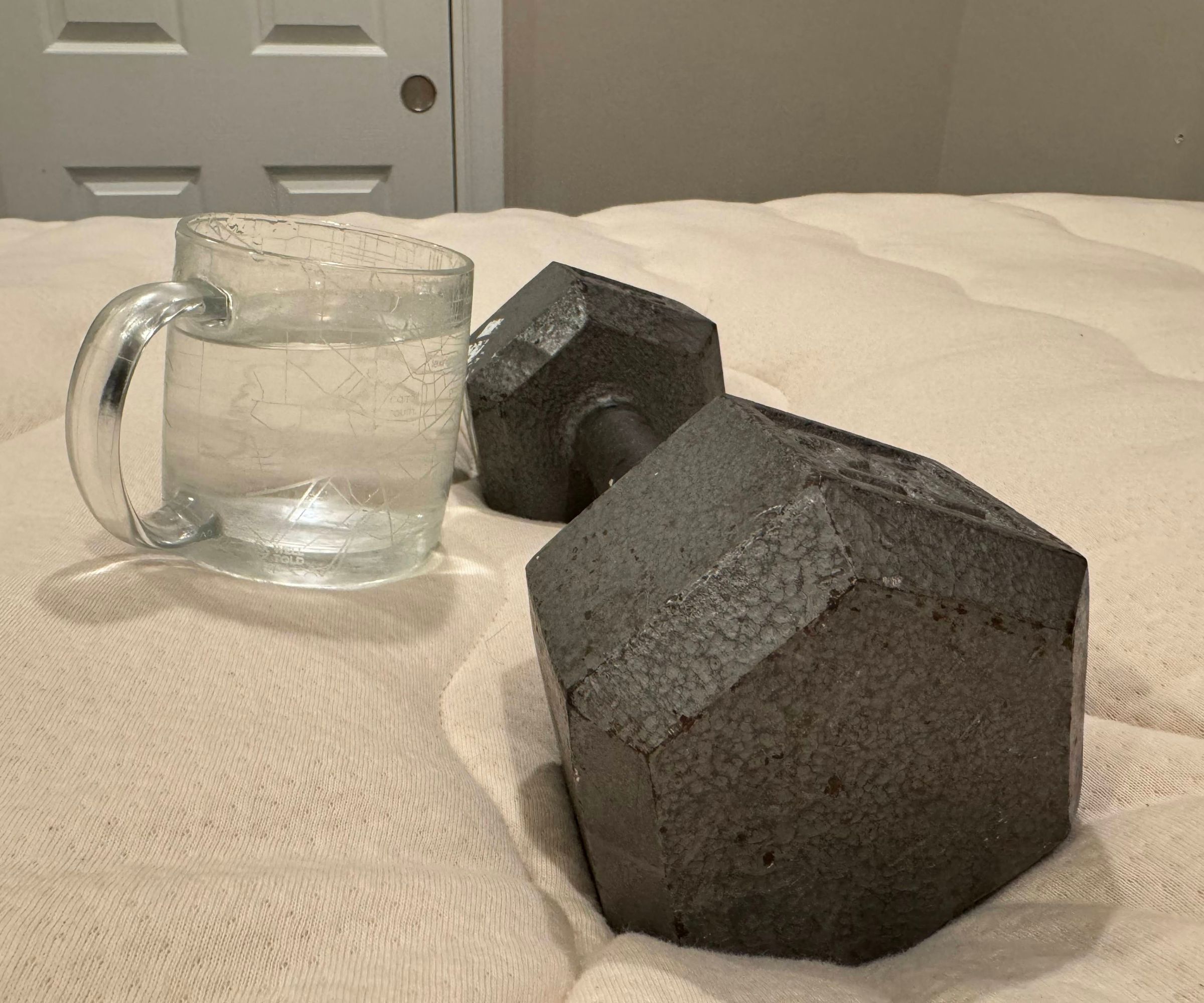
To measure the motion isolation of a mattress topper, we fill a glass with water and set it in the middle of the mattress. Then, we apply pressure around it. We take a dumbbell, place it on the topper, and move it incrementally closer to the cup of water.
The more the cup moves, and the more water spills, the worse the motion isolation, and the less suitable the topper for light sleepers or couples. Memory foam mattress toppers tend to have the best motion isolation, since foam is made to absorb movement, while latex toppers are springy and responsive. Then again, if you're looking for a mattress topper with a bit of bounce to counterbalance a firm, inflexible mattress, you might not mind a bit of motion transfer: it's a matter of personal preference.
Edge support

To assess edge support, we sit on the side of the mattress topper and measure how far we fall: the less we sink, the better the edge support. We might use the same weight-and-water-glass combination from the motion isolation test to reinforce our findings, moving them to the edge of the mattress topper and measuring how much, if any, water spills.
A mattress topper with good edge support makes it easier to get into and out of bed, which is particularly important for anyone who struggles with mobility. It should also feel more comfortable to sit or sleep on the side of the topper: good news for anyone who needs to nurse a baby in the night or get dressed from bed in the mornings.
Practical points
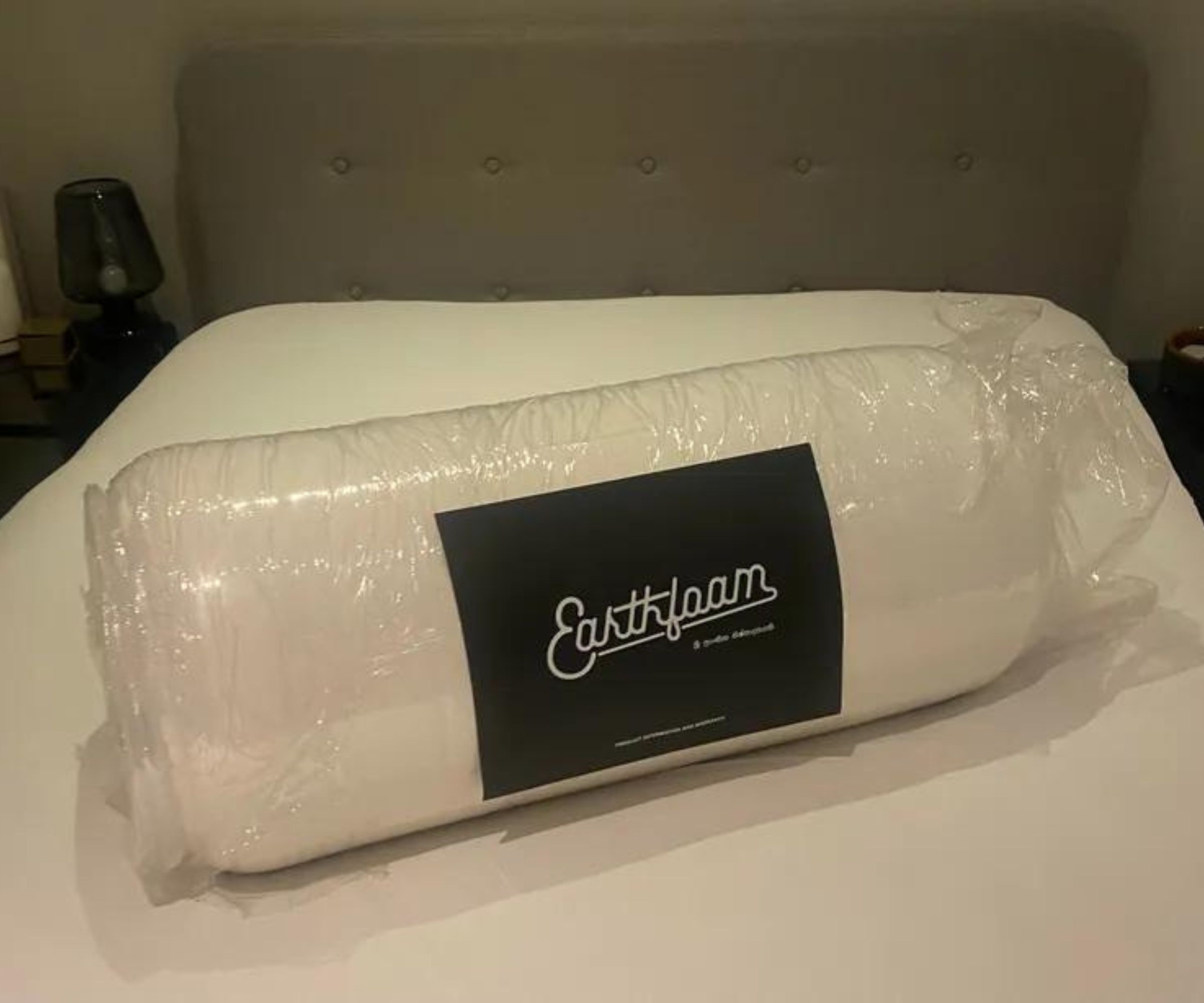
One of the most important tests for a mattress topper is purely practical: does it stay on the mattress? Ideally, we're looking for sturdy corner straps for a snug, secure fit, but we'll settle for a grip pad on the underside of the mattress topper. If a mattress topper keeps sliding from side to side, and we keep having to adjust it in the middle of the night, that's proof it isn't fit for purpose.
We're also interested in the ease of cleaning. A mattress topper with a removable, machine-washable cover will score highest in this category. We'll make note of the length of the mattress warranty as an indication of durability, as well as any mattress sleep trials that allow you to test the topper at home before you commit to your purchase.
Most mattress toppers arrived plastic-wrapped and vacuum-packed in cardboard boxes, delivered to your door. Sometimes, as we unbox our toppers, we notice a chemical smell. That's a tell-tale sign of the mattress off-gassing, releasing VOCs into the air as it inflates to full size. For the most part, the smell is completely harmless, but it is unpleasant. We've learned to leave our toppers for at least 24 hours before we try to sleep on them, closing the door to the testing room and cracking open a window to let the smell out.
Where possible, we like to compare our findings against verified reviews. It's the quickest way to pick up common customer concerns. That's why it's important for our testers to read as many reviews as possible, without being taken in by a few five-star ratings or put off by a smattering of more mixed reviews.
Price
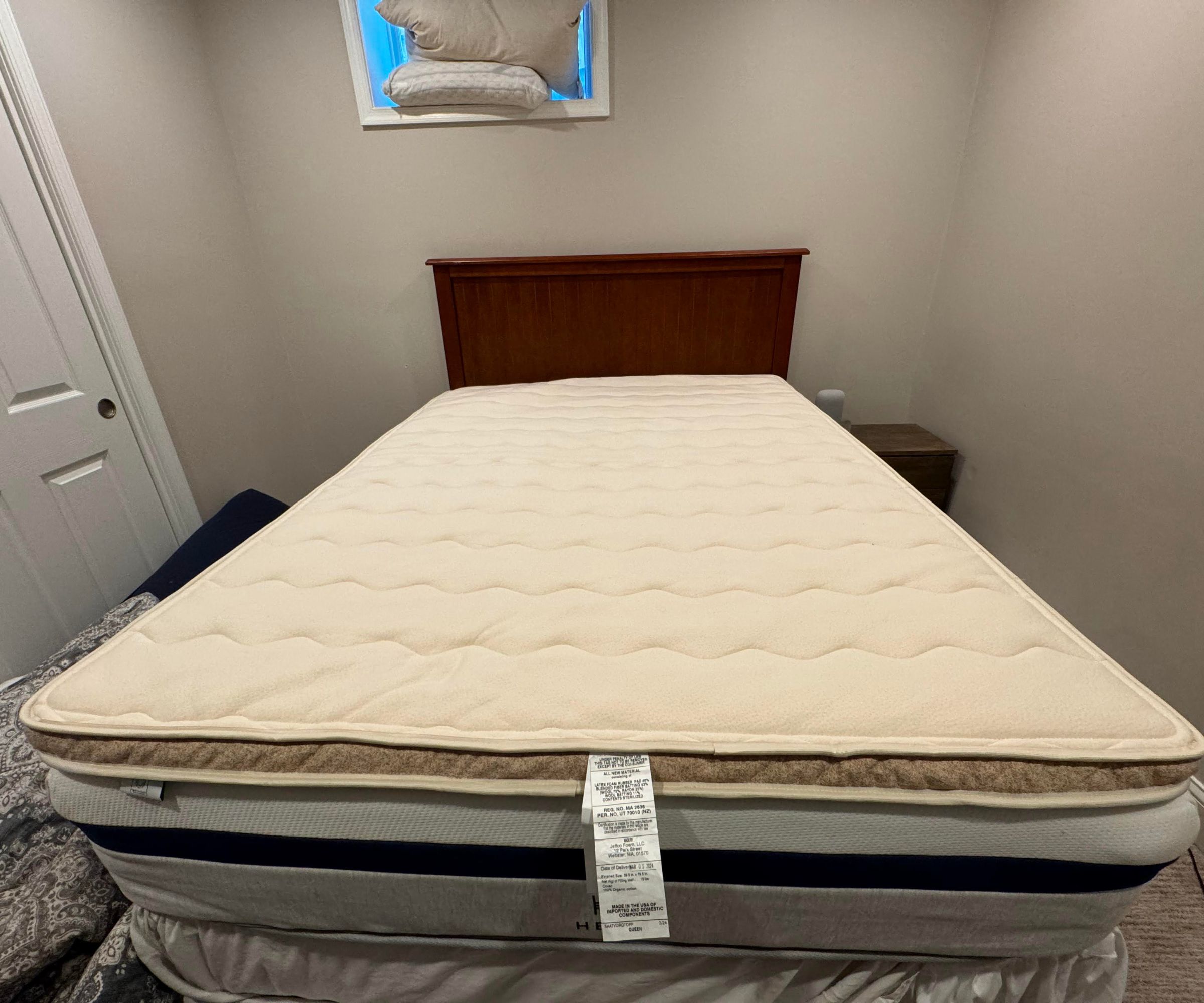
At the end of each review, we take stock of our results and bring it all back to the price of the topper. In our time, we've tested some seriously luxe models (the most expensive is the Saatva Organic Quilted Mattress Topper), as well as some more affordable options, such as the ViscoSoft Active Cooling Copper Topper.
It wouldn't be fair to rank an outstanding affordable topper below a more expensive option just because it's missing a few special features. That's why we compare the price of a mattress topper against its performance to rate it on its own terms. For a good price, we might forgive a few minor faults in motion isolation or edge support, for example.
Only you know what you want and need from a mattress topper. If you struggle with night sweats, and you sleep alone, you might be (rightly) more concerned with thermoregulation than motion isolation. Before you start shopping, take a beat to consider your sleep needs: follow my mattress topper buying rules and you won't go far wrong.
Sign up to the Homes & Gardens newsletter
Design expertise in your inbox – from inspiring decorating ideas and beautiful celebrity homes to practical gardening advice and shopping round-ups.

Emilia is our resident sleep writer. She spends her days tracking down the lowest prices on the best mattresses and bedding and spends her nights testing them out from the comfort of her own home. Emilia leads a team of testers across America to find the best mattress for every sleep style, body type, and budget.
Emilia's quest to learn how to sleep better takes her all around the world, from the 3Z mattress factory in Glendale, Arizona to the Hästens headquarters in Köping, Sweden. She's interviewed luxury bedding designers at Shleep and Pure Parima, as well as the Design Manager at IKEA. Before she joined Homes & Gardens, Emilia studied English at the University of Oxford.
-
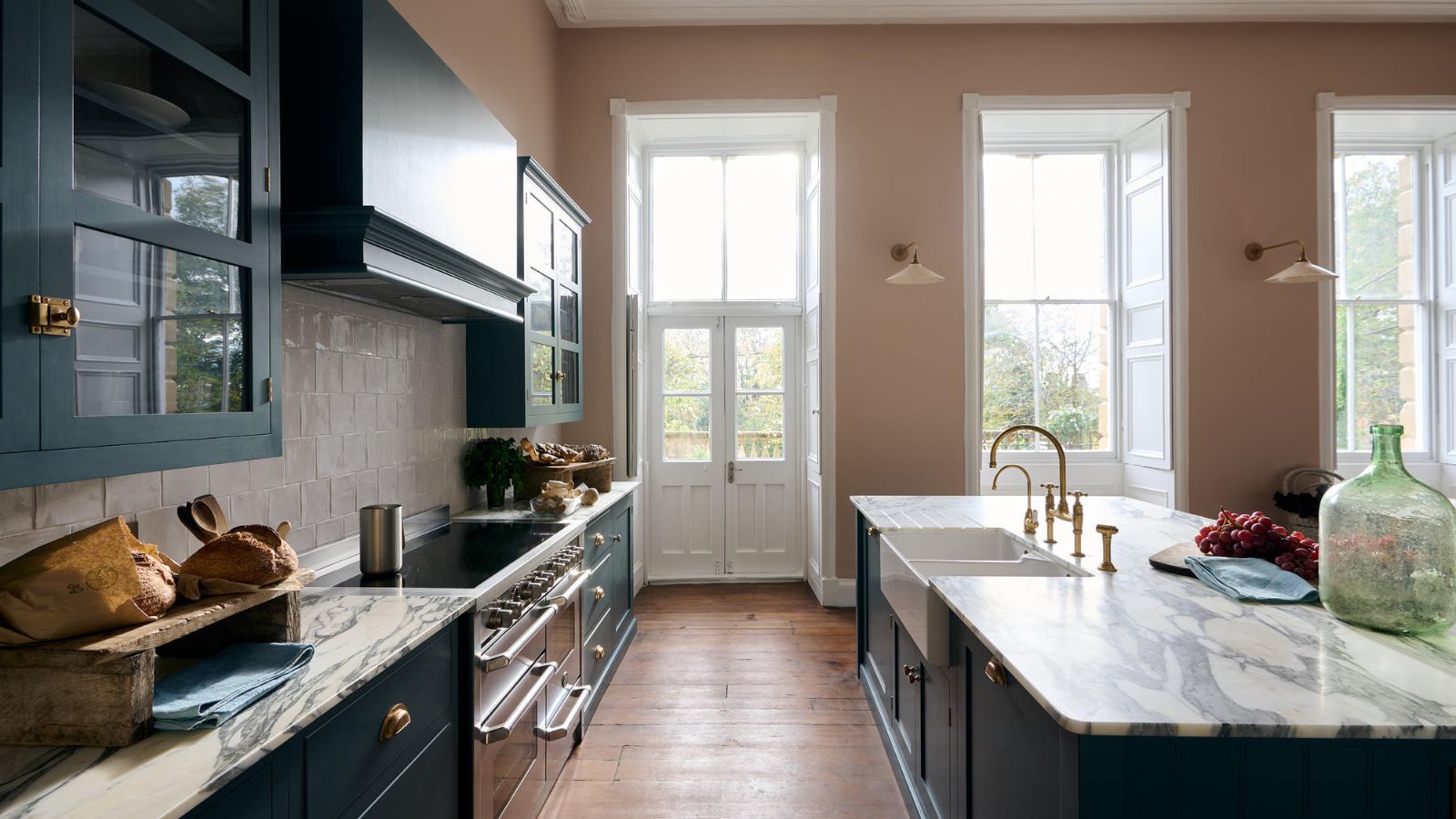 6 things you should never throw in the trash – and what to do for safe disposal instead
6 things you should never throw in the trash – and what to do for safe disposal insteadFrom batteries to space heaters, experts reveal what not to throw
By Andy van Terheyden Published
-
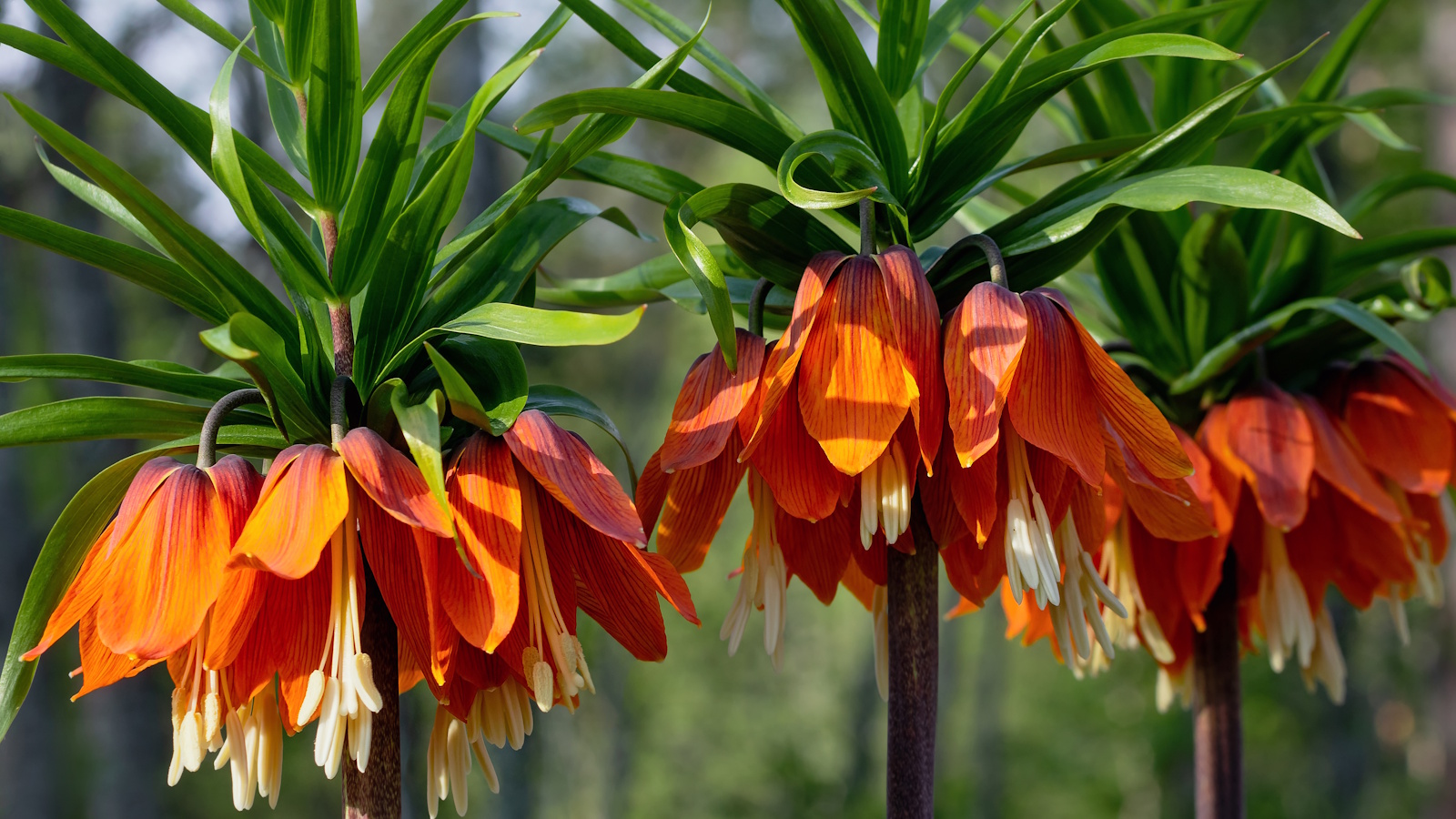 Worst-smelling plants to avoid – experts reveal 5 pungent species and suggest perfumed options to grow instead
Worst-smelling plants to avoid – experts reveal 5 pungent species and suggest perfumed options to grow insteadThese are some of the worst-smelling plants that can cause quite a stink
By Thomas Rutter Published
-
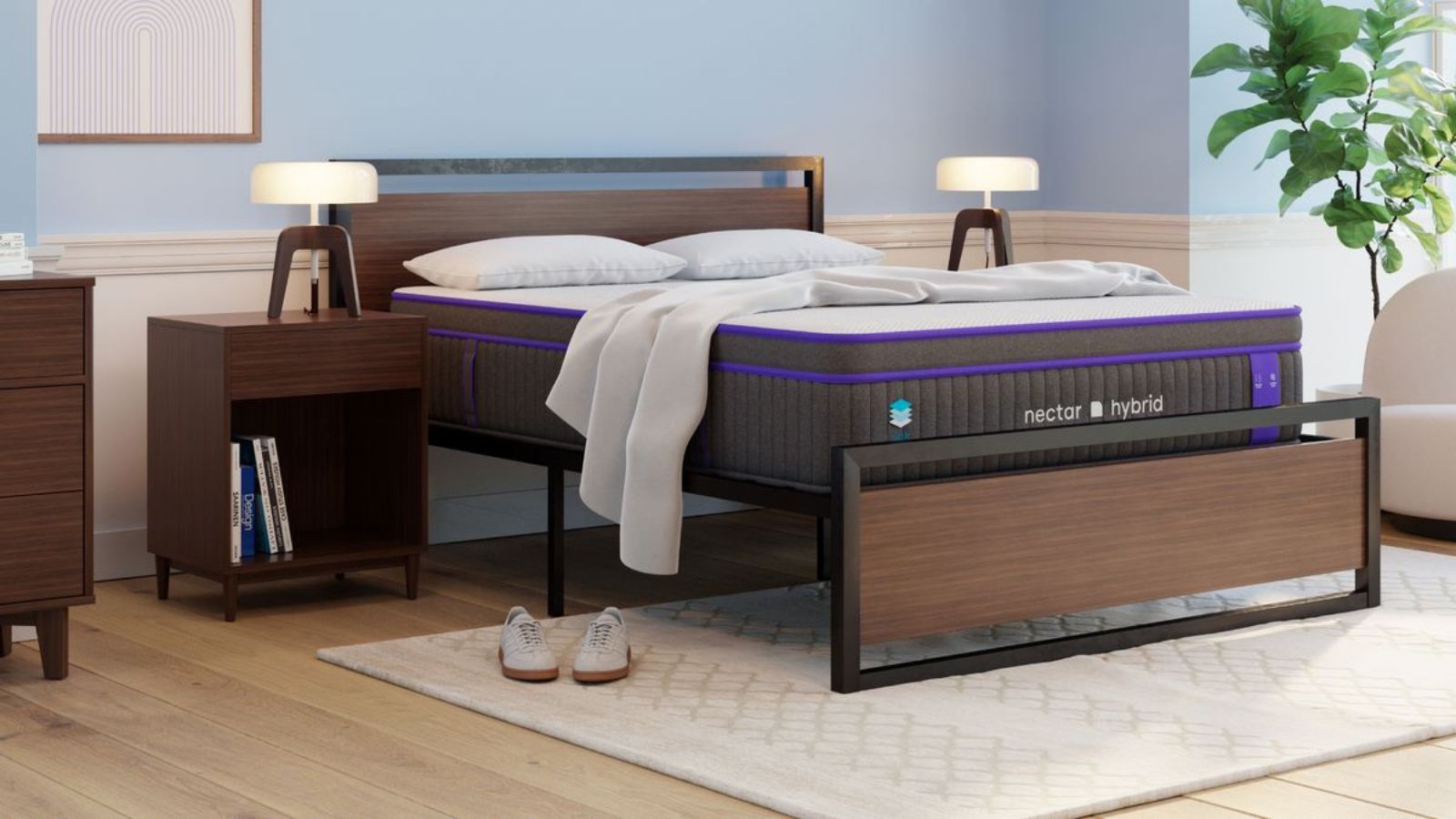 I tried the Nectar Premier Hybrid Mattress – it's so much better than their basic models
I tried the Nectar Premier Hybrid Mattress – it's so much better than their basic modelsCompared to the Nectar Classic Foam Mattress, the Nectar Premier Hybrid boasts far superior edge support and thermoregulation
By Millie Hurst Last updated
-
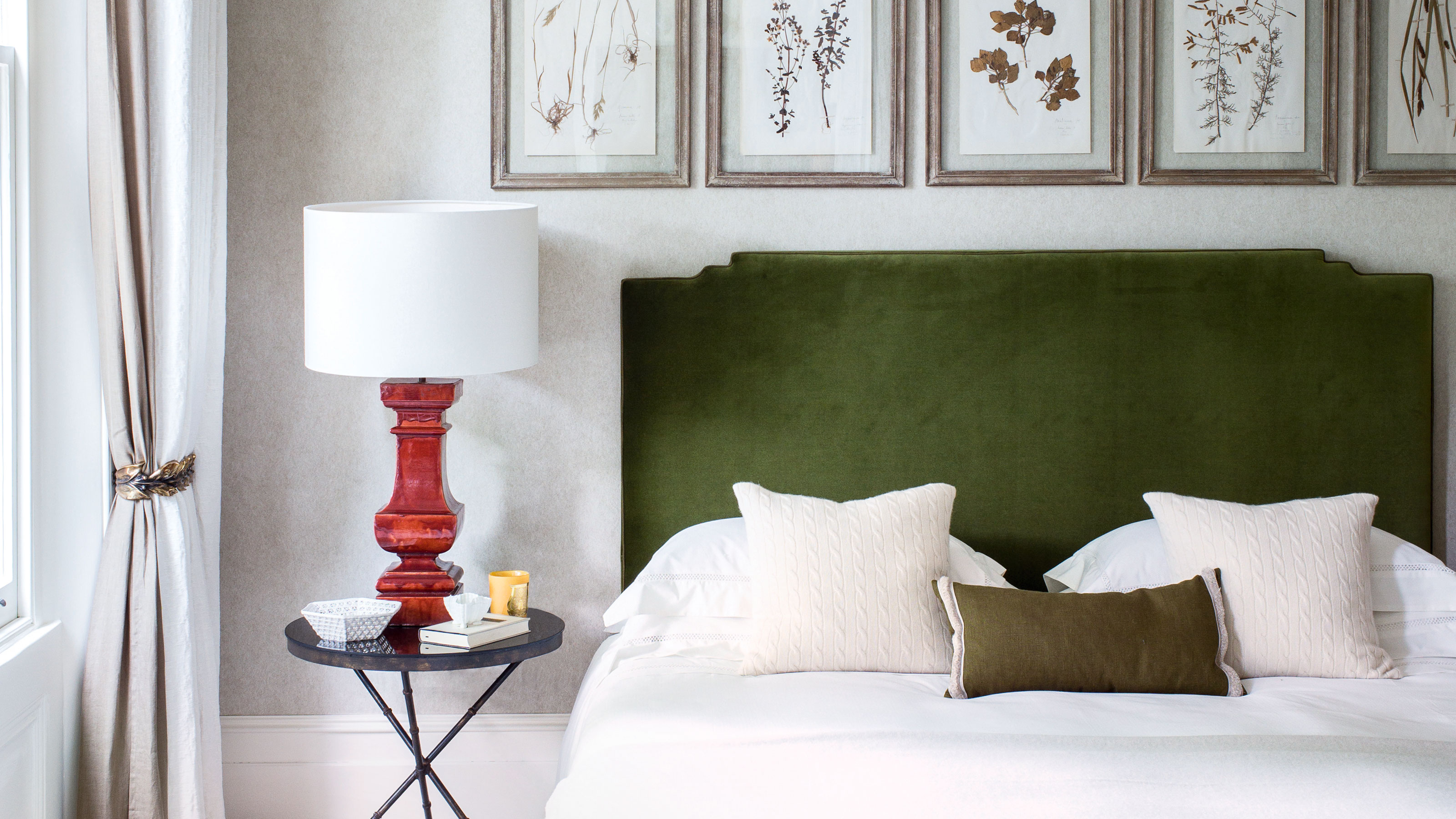 What's the best pillow position for the best night's sleep? Sleep experts weigh in
What's the best pillow position for the best night's sleep? Sleep experts weigh inBecause sometimes it's the small things that can have a big impact on your sleep quality
By Michele Ross Published
-
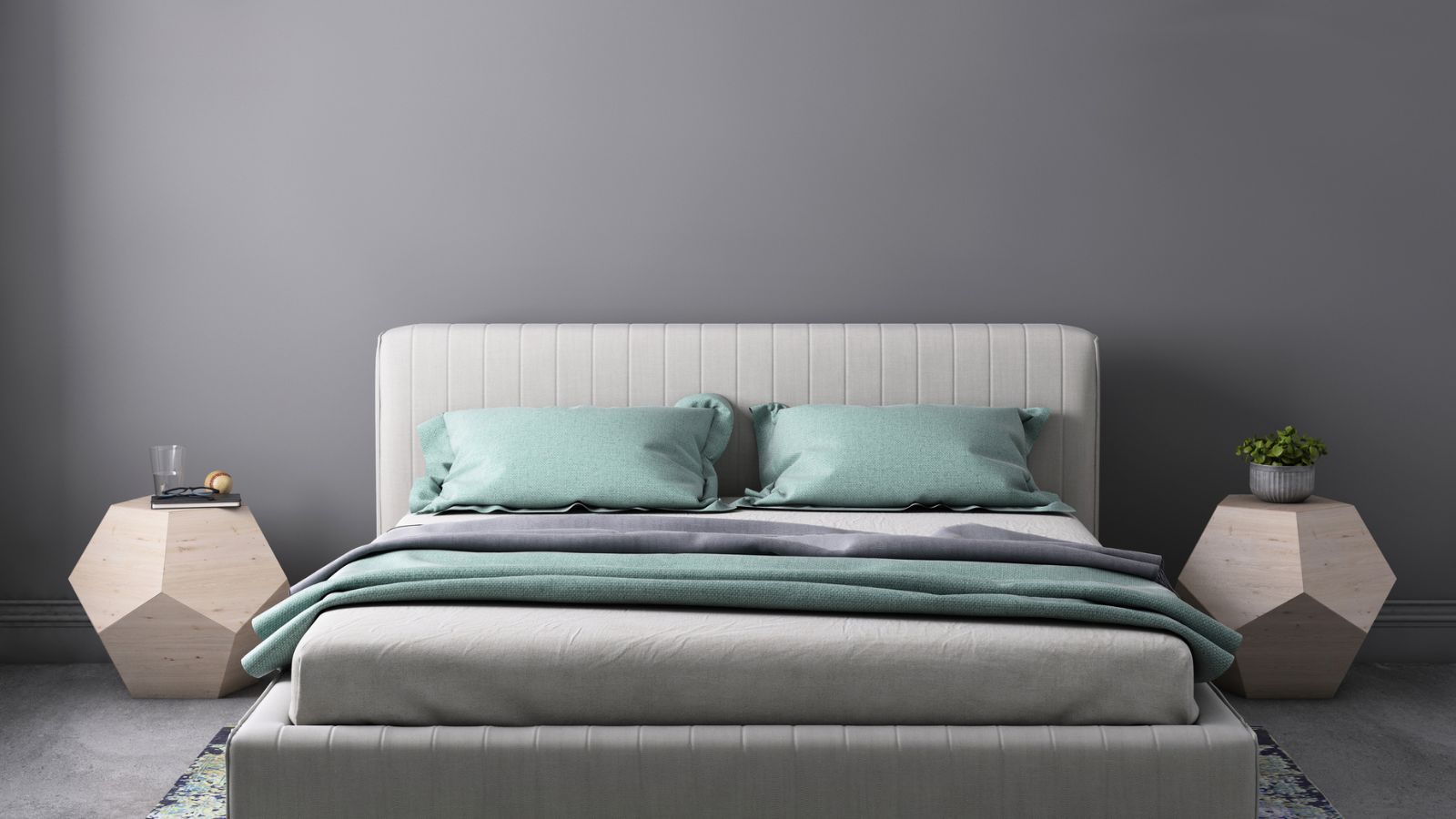 5 signs you're sleeping on a bad mattress − how to spot the red flags
5 signs you're sleeping on a bad mattress − how to spot the red flagsI asked medical professionals and sleep scientists how to spot the signs you're sleeping on a bad mattress and when it's time to upgrade
By Emilia Hitching Last updated
-
 What is a futon mattress? Your expert guide
What is a futon mattress? Your expert guideFor flexible comfort and short-term stays, there's nothing like a futon mattress − I've searched the web to bring you the best fold-out beds
By Emilia Hitching Last updated
-
 Platform bed vs box spring – what's the difference and which is best for you?
Platform bed vs box spring – what's the difference and which is best for you?Unsure whether a platform bed or a box spring is right for your set up? We break down these two mattress foundation options
By Alison Barretta Published
-
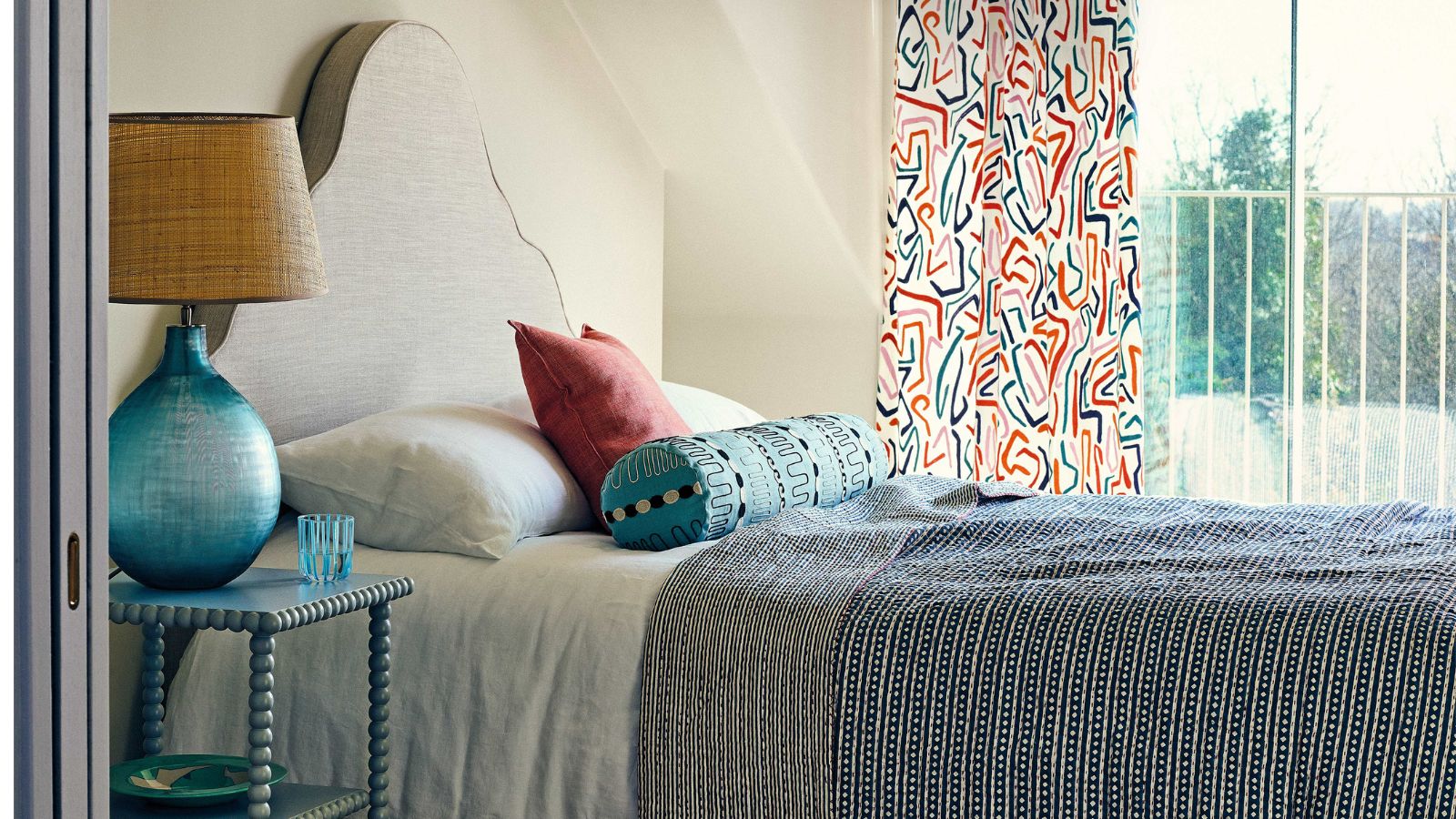 What is a platform bed? Everything you need to know about this stylish mattress support
What is a platform bed? Everything you need to know about this stylish mattress supportLearn how this low profile bed frame can elevate the look of your bedroom
By Alison Barretta Published
-
 How long do memory foam mattresses last?
How long do memory foam mattresses last?I spoke to mattress testers and medical professionals to learn more about the lifespan of a memory foam mattress – plus, how to extend it
By Emilia Hitching Last updated
-
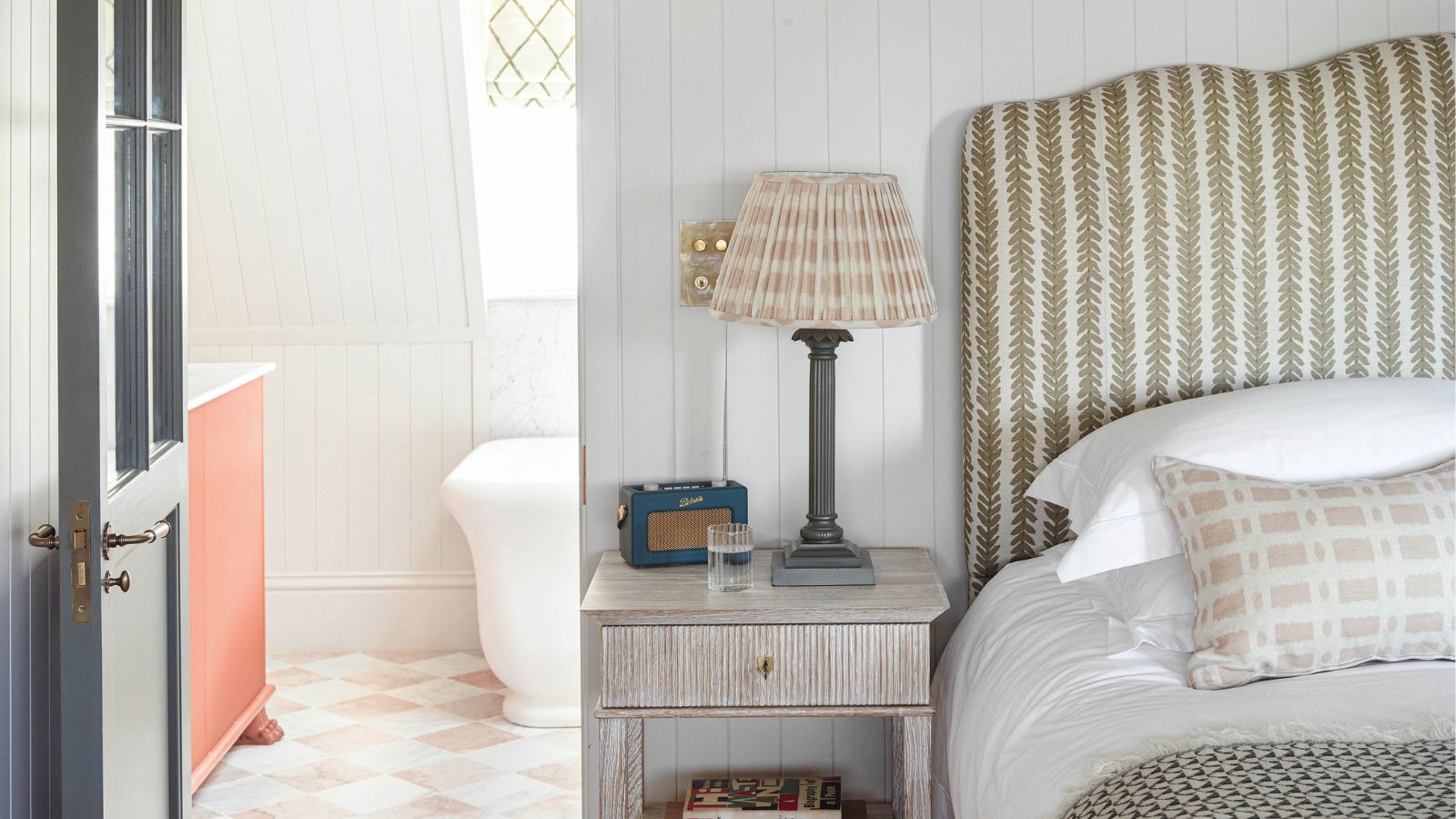 What is mattress off-gassing and can it be dangerous to your health?
What is mattress off-gassing and can it be dangerous to your health?Weird smell coming from your new mattress? It's actually very normal, here's why it happens and what you can do about it
By Jo Plumridge Published